And Designing Practice Guidelines(2); PRACTICE GUIDELINE with Ascites Due to Cirrhosis Update 12 Bruce A Runyon Jump to CONTENTS RECOMMENDATIONS FULL TEXT REFERENCES FORWARD movement between sections and to the guidelines on the AASLD site In Recommendations and Rationales, click on individual items to review specific rationalesAbdominal ultrasonography, diagnostic paracentesis and ascitic fluid cultures are recommended by all three guidelines, especially when there is strong clinical suspicion for infection EASL and AASLD advocate the use of ascitic amylase and mycobacterial cultures/PCR when there is strong suspicion for tuberculosis and pancreatitis, respectively

Treatment Strategies For Grade 2 And 3 Ascites Low Sodium Diet Is Download Scientific Diagram
Aasld ascites guidelines 2021
Aasld ascites guidelines 2021-Uncomplicated and refractory ascites in patients with cirrhosis were the inclusion criteria The literature analysis has shown that despite the achievements of modern hepatology, the presence of ascites is associated with poor prognosis and high mortality The key to successful management of patients with ascites may be the stratification ofManagement of adult patients with ascites due to cirrhosis an update Management of adult patients with ascites due to cirrhosis an update Hepatology 09 Jun;49(6) doi /hep Authors Bruce A Runyon 1 , AASLD Practice Guidelines Committee Collaborators AASLD Practice Guidelines Committee




Practice Guidelines sld
AASLD ascites guideline Low sodium diet B RELATED TOPICS Patient education Cirrhosis (Beyond the Basics) Patient education Lowsodium diet (Beyond the Basics) Antihypertensive therapy and progression of nondiabetic chronic kidney disease in adultsAccording to the American Association for the Study of Liver Diseases (AASLD) guidelines, patients with ascites who are admitted to the hospital with GI bleeding should be placed on SBP Practice guidelines for the diagnosis and treatment of gastroesophageal variceal hemorrhage, endorsed by the American Association for the Study of Liver Diseases (AASLD), American College of Gastroenterology (ACG), American Gastroenterological Association (AGA), and American Society of Gastrointestinal Endoscopy (ASGE), were published in 1997
Guideline Recommendations for Nonselective Betablockers (NSBBs) Table 1 Prevention and Management of Gastroesophageal Varices in Cirrhosis Treatment AASLD Guidelines 3,4 Baveno VI Consensus Guidelines 5AASLD practice guidelines are developed by a multidisciplinary panel of experts who rate the quality (level) of the evidence and the strength of each recommendation using the Grading of Recommendations Assessment, Development, and Evaluation system (GRADE)To more fully characterize the quality of evidence supporting recommendations, the Practice Guidelines Committee of the AASLD requires a Class (reflecting benefit versus risk) and Level (assessing strength or certainty) of Evidence to be assigned and reported with each recommendation (Table 1, adapted from the American College of Cardiology and the American
Work to update the Clinical Practice Guidelines (CPGs) on ascites, spontaneous bacterial peritonitis (SBP), and hepatorenal syndrome (HRS),1 it became obvious that all other complications of decompensated cirrhosis had to be covered Within this framework, a formal definition of decompensated cirrhosis was sld Practice Guidelines Diagnosis And Management Of Full Text Management Of Refractory Cirrhotic Ascites Table 4 From Management Of End Stage Liver Disease Summary From sld 17 For Hepatitis C Hcv Game Over Diagnosis Staging And Management Of Hepatocellular Jeffrey Wang Emir Ali Ccs4 Ppt DownloadStudy of Liver Diseases (AASLD) Practice Guideline "The Role of Transjugular Intrahepatic Portosystemic Shunt (TIPS) in the Management of Portal Hypertension" is now posted online at wwwaasldorg This is the first update of the original guideline published in 051 The key changes in the 09 guidelines are new rec
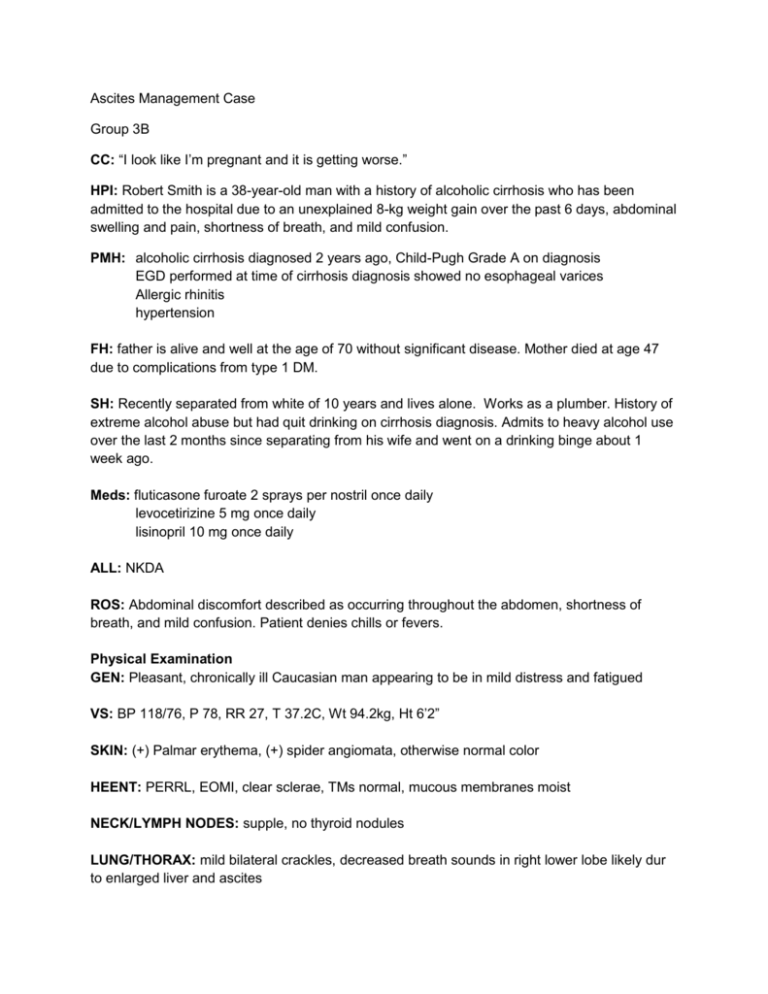



Ascites Case Writeup Pres




Easl Clinical Practice Guidelines For The Management Of Patients With Decompensated Cirrhosis Journal Of Hepatology
Add to Calendar Emerging Topic Conference Current Challenges in Clinical Management and Drug Development in NASH AASLD alonzotolver@boldrstrategycom America/New_York publicAASLD PRACTICE GUIDELINE Management of Adult Patients with Ascites Due to Cirrhosis Update 12 Bruce A Runyon, MD Preamble children, the pediatric database is much smaller and there may be unanticipated differences between adults This guideline has been approved by the American Asso and children ciation for the Study of Liver Diseases and represents the Patients In 13, the American Association for the Study of Liver Diseases (AASLD) updated its guideline on the management of adult patients with ascites due to cirrhosis The discussion that follows is generally consistent with that guideline




Easl Clinical Practice Guidelines For The Management Of Patients With Decompensated Cirrhosis Journal Of Hepatology




Ohe Diagnosis And sld Easl Guidelines Xifaxan Hcp
EASL has published clinical practice guidelines for the management of ascites, the most common complication of cirrhosis The peerreviewed guidelines are available in the September 10 issue, (Volume 53, No3) of the Journal of Hepatology and online CPGs They will The serumascites albumin gradient is superior to the exudatetransudate concept in the differential diagnosis of ascites Bruix J, Sherman M AASLD practice guideline management ofThe most common symptoms are ascites and variceal hemorrhage, which develop in 47% and 25% of patients, respectively Hepatic hydrothorax is a less common No 2, August 14 An Official Learning Resource of AASLD rapidity of the accumulation of the pleural fluid, and the presence of coexistent cardiopulmonary diseases Most of these




Implement Additional Treatments As Ascites Caused By Portal Hypertension Progresses Springerlink
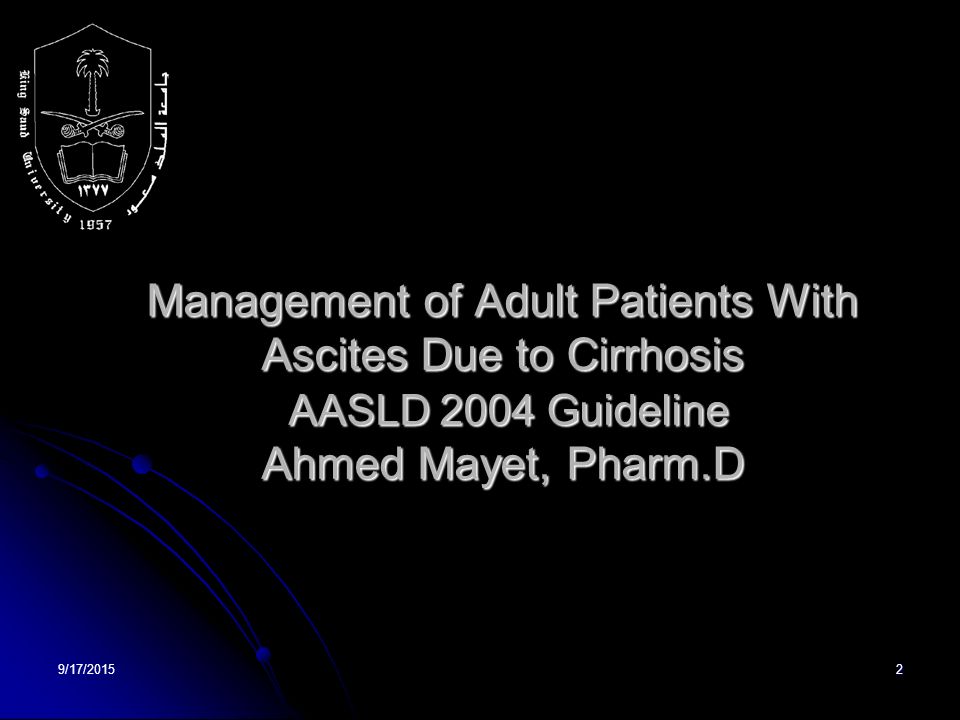



sld Guidelines Ascites
All AASLD Practice Guidelines are updated annually If you are viewing a Practice Guideline that is more than 12 months old, please visit wwwaasldorg for an update in the material ascites),andidentifymasslesions18–22 Itshouldbenoted that lymphadenopathy in the abdomen is 3 Eat Smaller Meals One of many natural ways to manage ascites is to eat smaller meals several times a day It is natural to lose your appetite when suffering from ascites Instead of not eating at all, it is better to eat smaller meals at regular intervals You should not eat three meals a day but focus more on having 47 meals a dayThis guideline updates a previous version Runyon BA, AASLD Practice Guidelines Committee Management of adult patients with ascites due to cirrhosis an update Hepatology 09 Jun;49(6)




Practice Guidelines sld




Cirrosis Y Ascitis 19 Cirrhosis Dose Biochemistry
Sersté T, Melot C, Francoz C, et al Deleterious effects of betablockers on survival in patients with cirrhosis and refractory ascitesAASLD Practice Guidelines Management of Adult Patients With Ascites Caused by Cirrhosis BRUCE A RUNYON Ascites is the most common of the major complications of cirrhosis The development of ascites is an important landmark in the natural history of cirrhosis and has been proposed as an indication for liver transplantation The This is a revised and updated guideline based on the previously published version (H EPATOLOGY 1998;–272) All AASLD Practice Guidelines are updated annually If you are viewing a Practice Guideline that is more than 12 months old, please visit wwwaasldorg for an update in the material
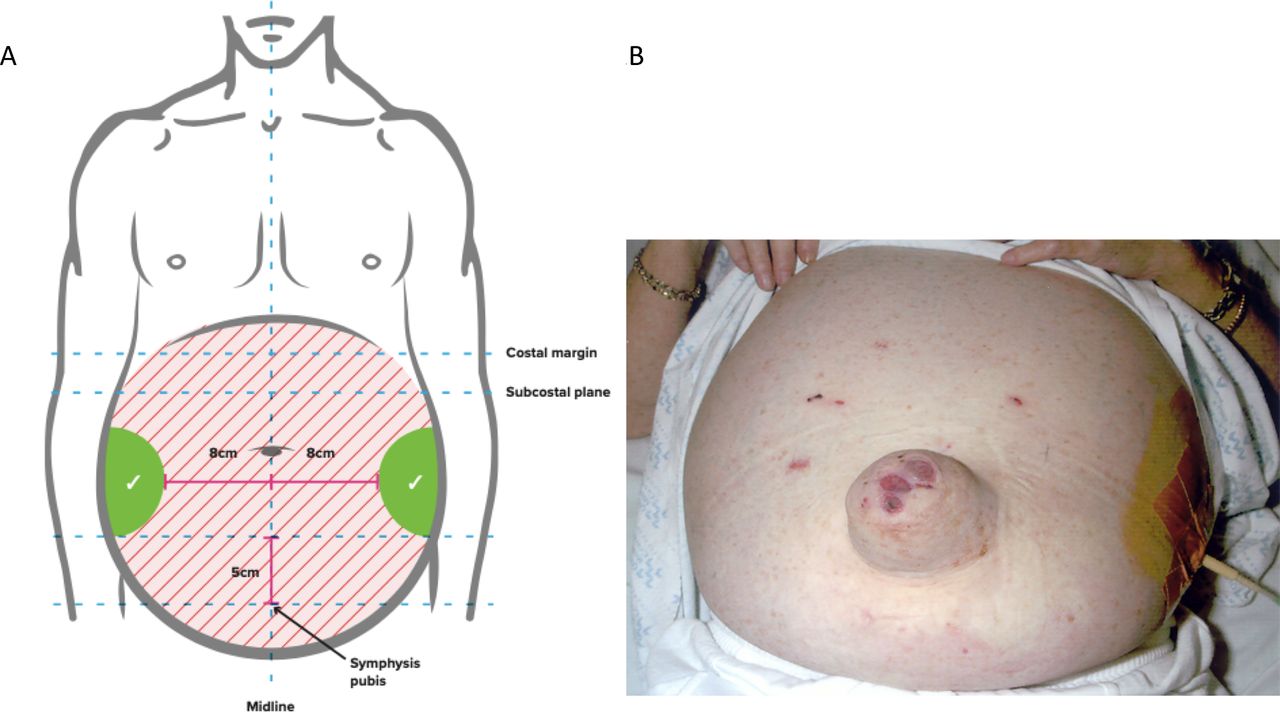



Guidelines On The Management Of Ascites In Cirrhosis Gut




Management Of Adult Patients With Ascites Due To Cirrhosis sld
Introduction to the revised American Association for the Study of Liver Diseases Practice Guideline management of adult patients with ascites due to cirrhosis 12 Introduction to the revised American Association for the Study of Liver Diseases Practice Guideline management of adult patients with ascites due to cirrhosis 12 The following summarizes key recommendations in 12 AASLD Guidance for Management of Ascites Due to Cirrhosis, along with new information and recommendations that have been published since the release of these guidelines in 12Association for liver study guidelines of clinical practice easl on the management of ascites, spontaneous bacterial peritonite and liver syndrome in cirrhosis j hepatol 10;53(3)397–4174 runyon ba, aasld introduction to the revision of the American association for the study of liver diseases practice management of the




Treatment Strategies For Grade 2 And 3 Ascites Low Sodium Diet Is Download Scientific Diagram




Adherence To sld Guidelines For The Treatment Of Hepatocellular Carcinoma In Clinical Practice Experience Of The Bologna Liver Oncology Group Digestive And Liver Disease
sld Practice Guidelines Ascites Pdf Quality Of Care In Patients With Cirrhosis And Ascites Lindsay Meurer Md Pgy3 Internal Medicine Ppt Download Refractory Ascites Dr Ashok V Reddy Pptx Nov Hcv Research And News Management Of Hepatitis B sld Practice Guidelines AscitesAccepted †Deceased 715 Extrahepatic testing may be warranted and guided by thorough clinical and family history For followup, once A1ATD is identified, yearly blood work and FibroScan are recommended to screen for fibrosis In patients with cirrhosis caused by A1ATD, routine laboratory assessment and imaging for HCC should be done according to AASLD guidelines
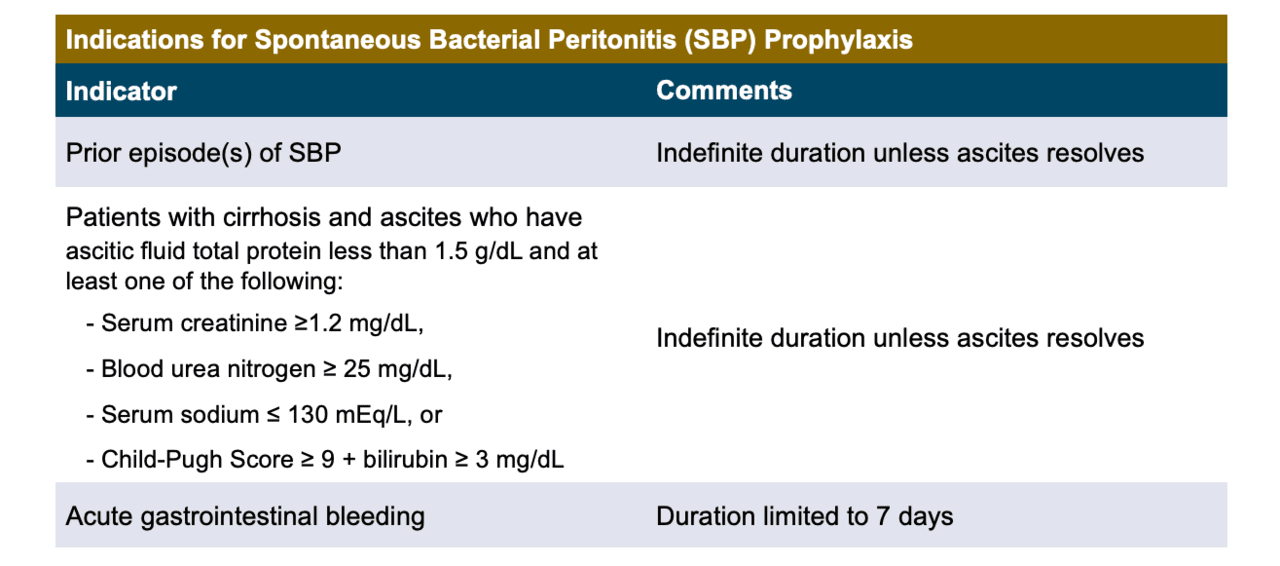



Recognition And Management Of Spontaneous Bacterial Peritonitis Core Concepts




Cirrhosis Diagnosis Management And Prevention American Family Physician
EASL clinical practice guidelines on the management of ascites, spontaneous bacterial peritonitis, and hepatorenal syndrome in cirrhosis European Association for the Study of the Liver1 Ascites is the most common complication of cirrhosis, and 60% The American Association for the Study of Liver Diseases (AASLD) has published its fourth iteration of management guidelines for ascites — the most common manifestation of decompensated cirrhosis The following are some of the major updates to the guidelinesACG & AASLD Joint Clinical Guideline Prevention and Management of Gastroesophageal Varices and Variceal Hemorrhage in Cirrhosis Guadalupe GarciaTsao, MD,1 Arun J Sanyal, MD,2 Norman D Grace, MD, FACG,3 William D Carey, MD, MACG,4 the Practice Guidelines Committee of the American Association for the Study of Liver Diseases and the Practice




Guidelines On The Management Of Ascites In Cirrhosis Gut




Lindsay Meurer Md Pgy3 Internal Medicine Ppt Download
Management of Adult Patients with Ascites Due to Cirrhosis An Update BruceARunyon Preamble This guideline has been approved by the AASLD and represents the position of the Association These recommendationsprovideadatasupportedapproachTheyare based on the following (1) formal review and analysis ofFor the Study of Liver Diseases Practice Guideline Management of Adult Patients With Ascites Due to Cirrhosis 12 Bruce A Runyon All AASLD Practice Guidelines are updated annually If you are viewing a Practice Guideline that is more than 12 months old, please visit wwwaasldorg for an update in the material Preamble She has more than 0 peerreviewed publications as well as contributing regular reviews, book chapters and editorials on similar topics She is currently on the writing committee to write the guidelines for the management of refractory ascites for the American Association for the Study of the Liver




Portal Hypertension Cancer Therapy Advisor



Easl Eu Wp Content Uploads 18 10 Hepatorenal Cirrhosis English Report Pdf
COVID19, New Practice Guidelines and Statements Headline TLMdX Day 3 on Print Email Anthony S Fauci, MD It was clear from the outset of the COVID19 pandemic that SARSCoV2 infection can alter liver biochemistry Up to half of patients hospitalized with COVID19 have elevated liver enzymesAASLD PRACTICE GUIDELINE Management of Adult Patients With Ascites Due to Cirrhosis Bruce A Runyon Preamble These recommendations provide a datasupported approach They are based on the following (1) formal review and analysis of the recently published world literature on the topic (Medline search);And (4) the experience of the authors and independent reviewers with regard to NAFLD This practice guidance is intended for use by physicians and other health professionals As clinically appropriate, guidance statements should be tailored for individual patients



Plos One Management Of Chronic Hepatitis C At A Primary Health Clinic In The High Burden Context Of Karachi Pakistan
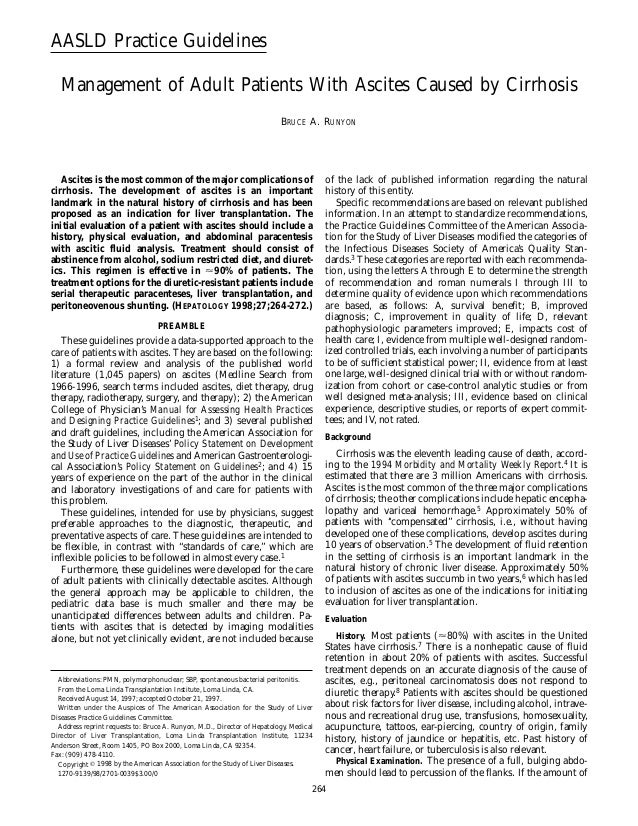



Genetics
As per the AASLD guidelines on the management of patients with ascites, for transabdominal ultrasoundguided paracentesis, bleeding complications are uncommon, even in those with profound thrombocytopenia (as low as 19,000 cells/mm 3) or international normalized ratios for prothrombin time of 87This American Association for the Study of Liver Diseases (AASLD) 18 Practice Guidance on Primary Biliary Cholangitis (PBC) is an update of the PBC guidelines published in 09 Download AASLD 18 Guidance on HCC Diagnosis, Staging and Management This guidance provides a datasupported approach to the diagnosis, staging, and treatment of(3) guideline policies of the AASLD;




sld Guidelines Ascites
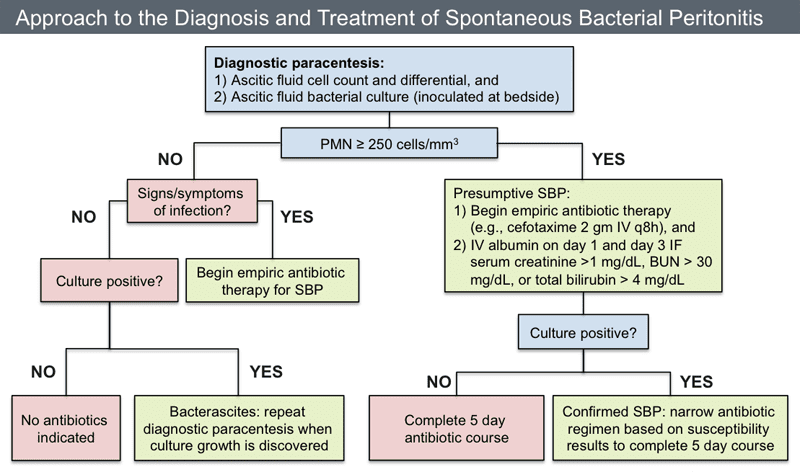



Spontaneous Bacterial Peritonitis Rebel Em Emergency Medicine Blog
This is a comprehensive guidance on the diagnosis, evaluation, and management of ascites and hepatorenal syndrome in patients with chronic liver disease from the American Association for the Study of Liver Diseases (AASLD) It replaces the prior AASLD guideline on the same topic published in 12 (1) Abstract This is a comprehensive guidance on the diagnosis, evaluation, and management of ascites and hepatorenal syndrome in patients with chronic liver disease from the American Association for the Study of Liver Diseases (AASLD) It replaces the prior AASLD guideline on the same topic published in 12 (1) Practice Guidelines Workshop New AASLD Guidelines A Summary of New Recommendations for Autoimmune Hepatitis, Women's Reproductive Health, Ascites and KIC and Vascular Disorders of the Liver Product not yet rated Recorded On
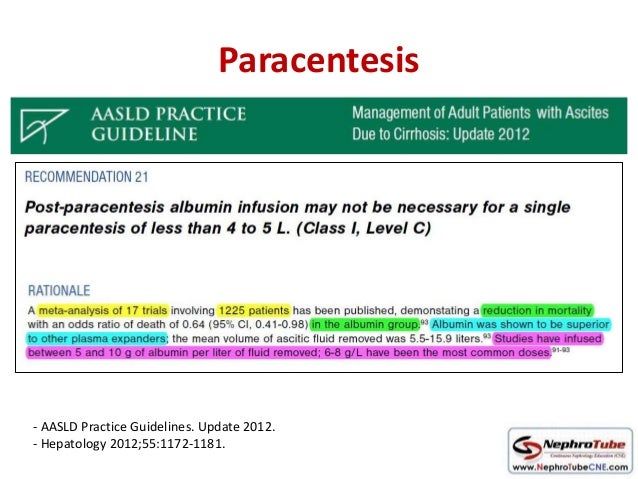



sld Guidelines Ascites



Easl Eu Wp Content Uploads 18 10 Hepatorenal Cirrhosis English Report Pdf
All AASLD Practice Guidelines are updated annually If you are viewing a Practice Guideline that is more than 12 months old, please visit wwwaasldorg for an update in the material This Practice Guideline is copublished in the Journal of Hepatology Received ;The pediatric population has a number of unique considerations related to the diagnosis and treatment of ascites This review summarizes the physiologic mechanisms for cirrhotic and noncirrhotic ascites and provides a comprehensive list of reported etiologies stratified by the patient's age Charact As per the AASLD and EASL guidelines, refractory ascites is defined as ascites that is unresponsive to the appropriate sodiumrestricted diet and highdose diuretics (160 milligrams of daily furosemide and 400 milligrams of daily spironolactone) In addition, patients meet criteria if they have rapid reaccumulation of ascites after therapeutic



Www sld Org Sites Default Files 19 06 Garcia Tsao Et Al 17 Hepatology Pdf




Introduction To The Revised American Association For The Study Of Liver Diseases Practice Guideline Management Of Adult Patients With Ascites Due To Cirrhosis 12 Pdf Document
She is currently on the writing committee to write the guidelines for the management of refractory ascites for the American Association for the Study of the Liver Most recently, she has been responsible for putting together a landmark international document defining renal failure in EASL clinical practice guidelines on the management of ascites, spontaneous bacterial peritonitis, and hepatorenal syndrome in cirrhosis J Hepatol 10;




Management Of Adult Patients With Ascites Due To Cirrhosis Runyon 04 Hepatology Wiley Online Library



1



Www sld Org Sites Default Files 19 06 Autoimmunehepatitis10 Pdf



Www sld Org Sites Default Files 19 06 sldpracticeguidelineasciteduetocirrhosisupdate12edition4 Pdf



1



Emdocs Net Emergency Medicine Educationhepatorenal Syndrome Ed Presentation Evaluation And Management Emdocs Net Emergency Medicine Education
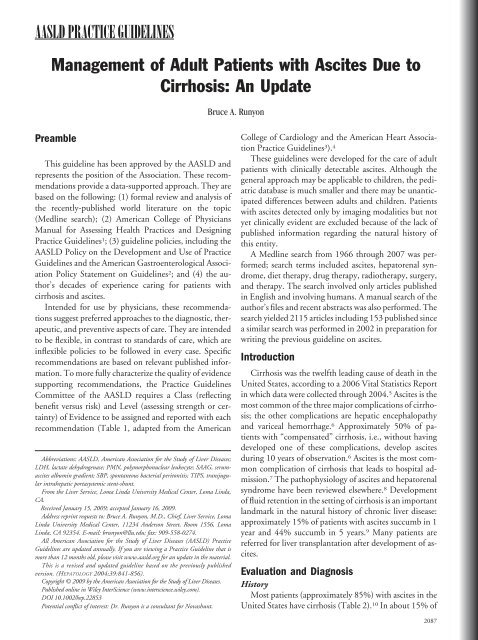



sld Practice Guidelines Ascites



Www Whittington Nhs Uk Document Ashx Id 6040




sld Guidelines Ascites



Gut Bmj Com Content Gutjnl Early 10 15 Gutjnl Full Pdf




Management Of Refractory Ascites In Patients With Cirrhosis The British Society Of Gastroenterology




Management Of Refractory Cirrhotic Ascites Challenges And Solutions Hmer




sld Guidelines Ascites




Summary Of Selected Recommendations About Treatment Of Cirrhotic Download Scientific Diagram




sld Guidelines Ascites




Ascites Park
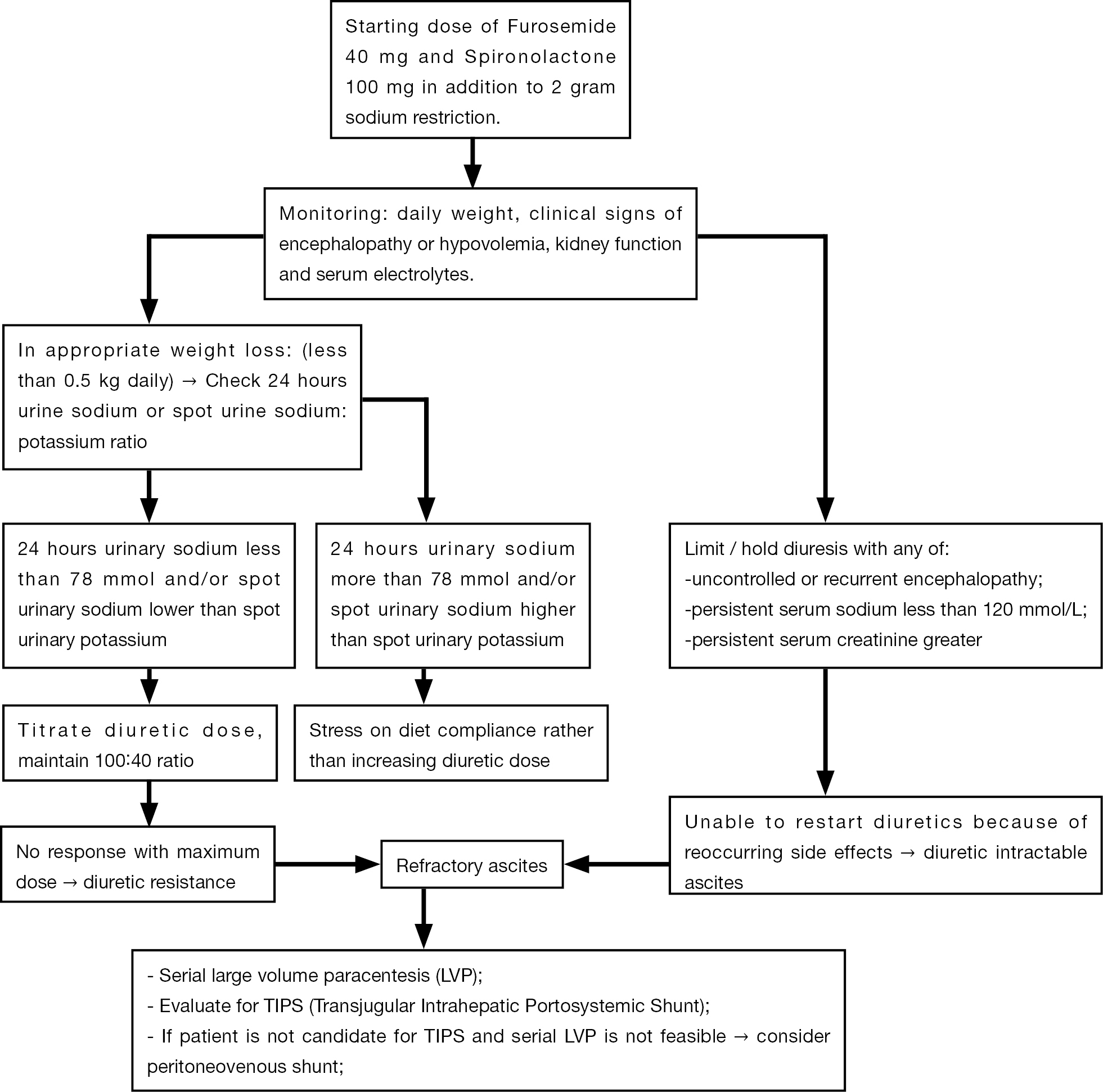



Management Of Liver Cirrhosis In Patients With Hepatocellular Carcinoma Ismail Chinese Clinical Oncology




Management Of Adult Patients With Ascites Due To Cirrhosis sld




Navigating The Map Midodrine For Diuretic Resistant Ascites




Management Of Refractory Cirrhotic Ascites Challenges And Solutions Hmer



Www sld Org Sites Default Files 19 06 1410 Guideline Ascites 4ufb 15 Pdf




Time Sensitive Interventions In Hospitalized Patients With Cirrhosis Sherman Clinical Liver Disease Wiley Online Library
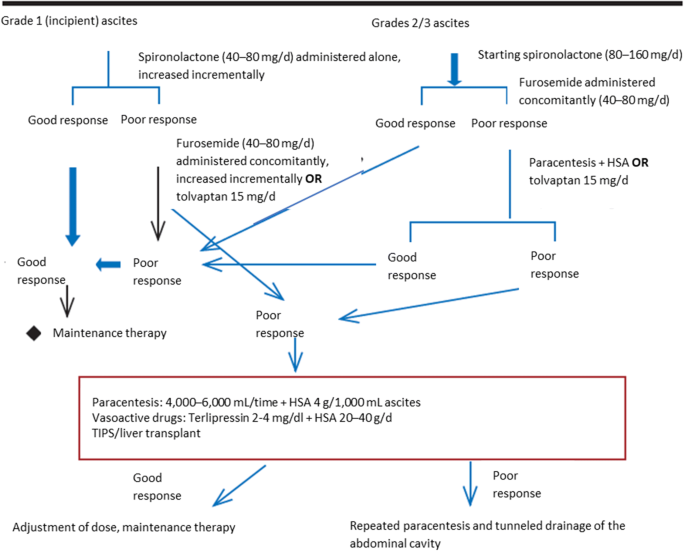



Chinese Guidelines On The Management Of Ascites And Its Related Complications In Cirrhosis Springerlink




Lizzie Aby Md Great Lecture By Wraykimmd On Practice Guidelines For Ascites Aki New Ascites Don T Forget To Order Total Protein Inoculation In x Bottles Management Of Refractory Ascites Check




Evaluation Of Adults With Ascites Cirrhosis Lactate Dehydrogenase




Navigating The Map Midodrine For Diuretic Resistant Ascites



1
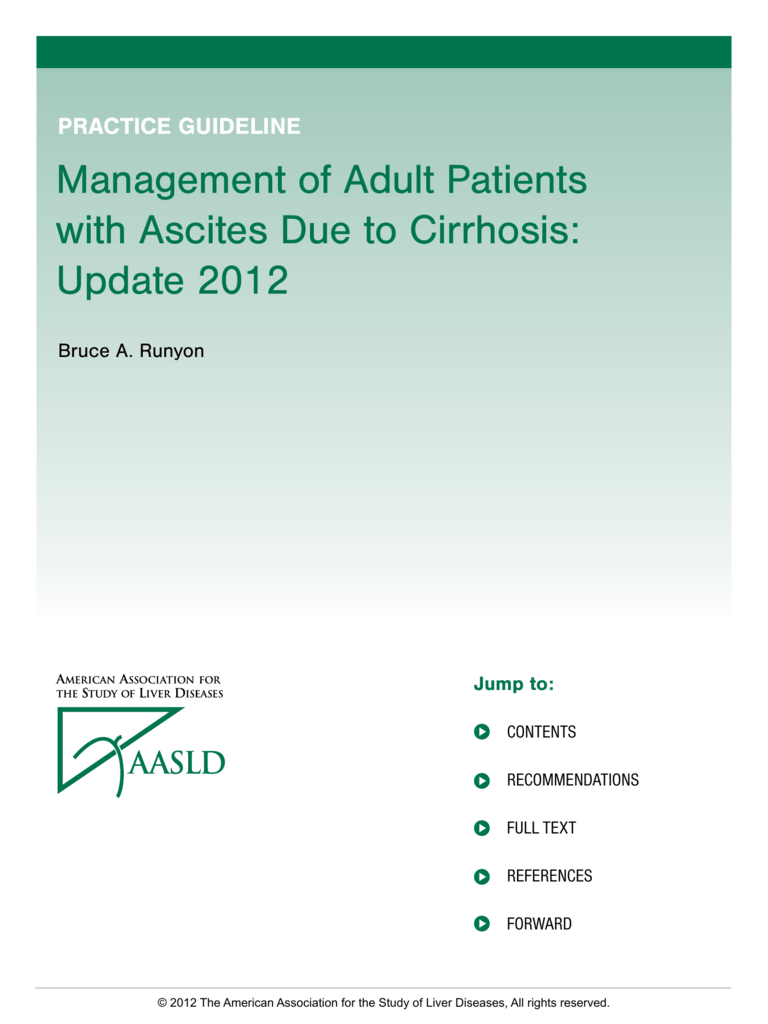



sld Guidelines Ascites
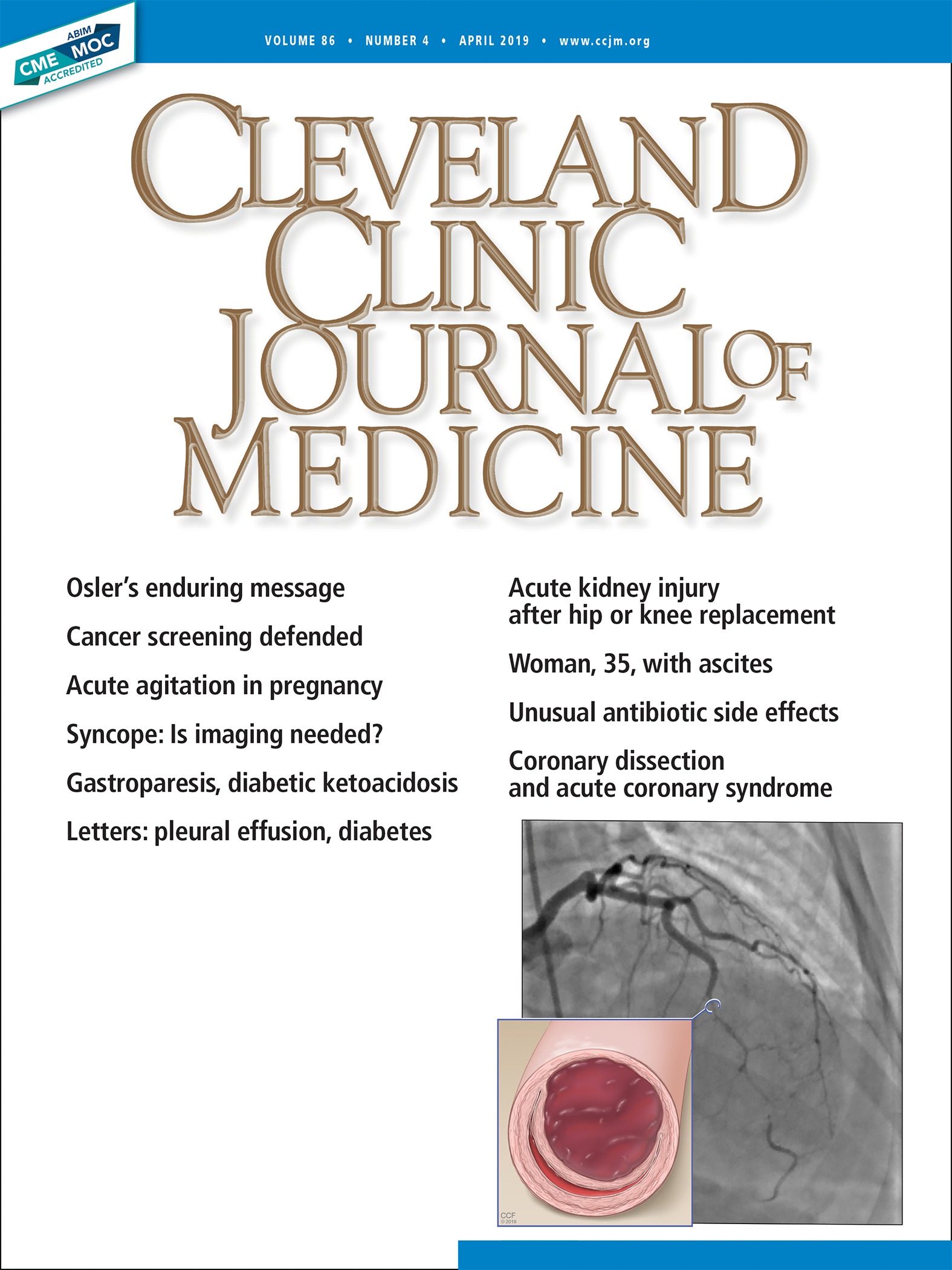



A Woman Age 35 With New Onset Ascites Cleveland Clinic Journal Of Medicine




Management Of Adult Patients With Ascites Due To Cirrhosis sld




Navigating The Map Midodrine For Diuretic Resistant Ascites




Adult Ascites Enhanced Pdf Document




Portal Hypertensive Bleeding In Cirrhosis Risk Stratification Diagnosis And Management 16 Practice Guidance By The American Association For The Study Of Liver Diseases Garcia Tsao 17 Hepatology Wiley Online Library




Cirrhosis Diagnosis Management And Prevention American Family Physician




Spontaneous Bacterial Peritonitis Sbp Rebel Em Emergency Medicine Blog
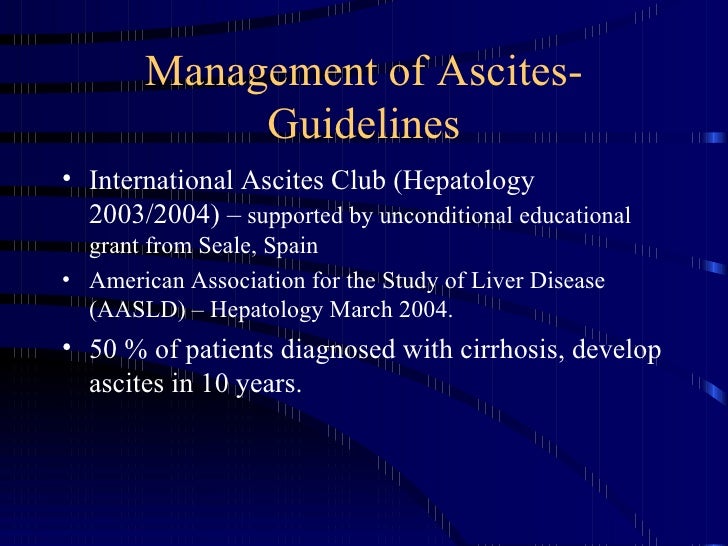



Principles Of Management Of Ascites Combined



Www sld Org Sites Default Files 19 06 sldpracticeguidelineasciteduetocirrhosisupdate12edition4 Pdf
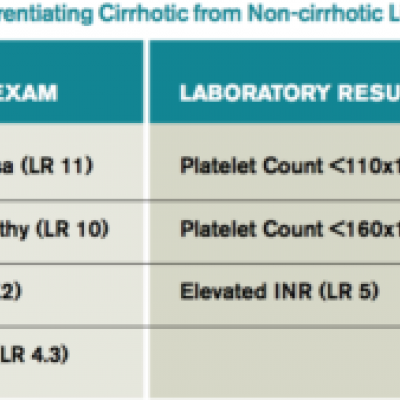



How Should A Hospitalized Patient With Newly Diagnosed Cirrhosis Be Evaluated And Managed The Hospitalist



Secure Library Leicestershospitals Nhs Uk Pagl Shared documents Ascites in cirrhosis uhl gastroenterology guideline Pdf




A Woman Age 35 With New Onset Ascites Cleveland Clinic Journal Of Medicine




Practice Guidelines sld




Practice Guidelines sld
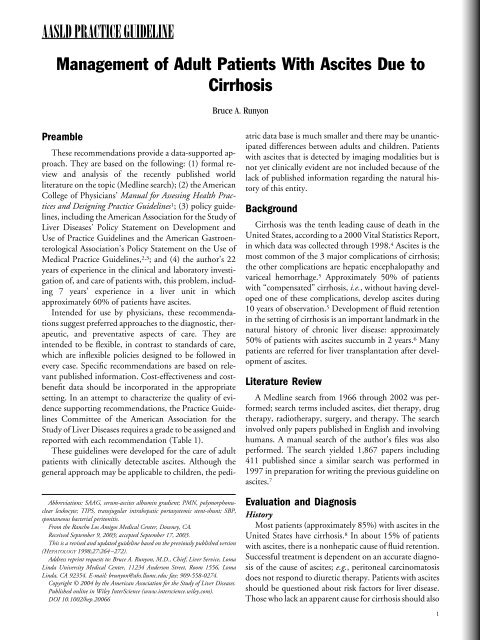



Management Of Adult Patients With Ascites Due To Cirrhosis sld




Practice Guidelines sld




Gastroenterology One Pagers Popcornetwork




sld Guidelines Ascites




Practice Guidelines sld
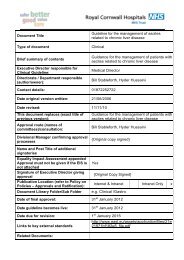



sld Practice Guidelines Ascites



Www sld Org Sites Default Files 19 06 sld Guideline Encephalopathy 4ufd 15 Pdf
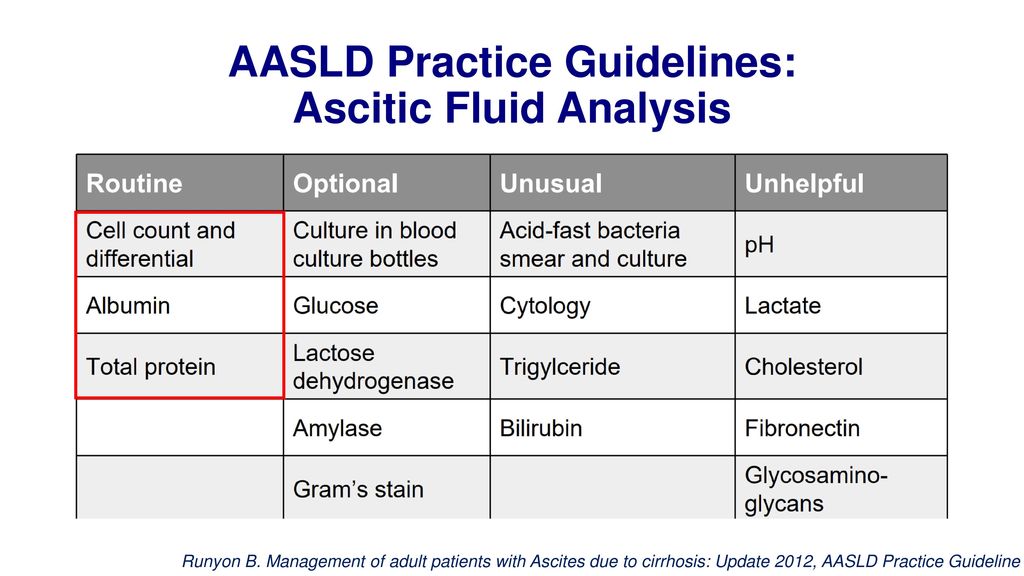



sld Guidelines Sbp
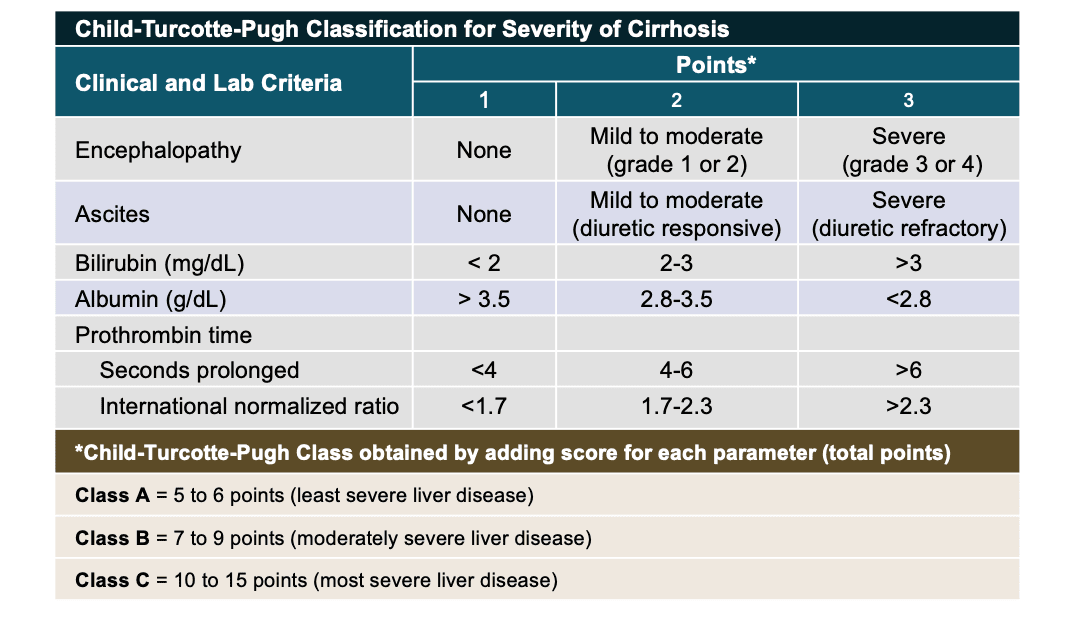



Core Concepts Treatment Of Hcv In Persons With Cirrhosis Treatment Of Key Populations And Unique Situations Hepatitis C Online




Management Of Adult Patients With Ascites Due To Cirrhosis sld




Lizzie Aby Md Great Lecture By Wraykimmd On Practice Guidelines For Ascites Aki New Ascites Don T Forget To Order Total Protein Inoculation In x Bottles Management Of Refractory Ascites Check




Management Of Refractory Ascites Due To Portal Hypertension Current Status Radiology



Www sld Org Sites Default Files 19 06 sld 18 Hcc Guidance On Diagnosis 2c Staging And Management Hep 281 29 Pdf



Q Tbn And9gctweoapzp5ehzck9owokqmdboi Dpgbqol Renur9kjvyb4aw8x Usqp Cau



Www sld Org Sites Default Files 19 06 Garcia Tsao Et Al 17 Hepatology Pdf




Practice Guidelines sld




Immune Dysfunction And Infections In Patients With Cirrhosis Clinical Gastroenterology And Hepatology




Management Of Ascites In Patients With Liver Cirrhosis Recent Evidence And Controversies Sciencedirect
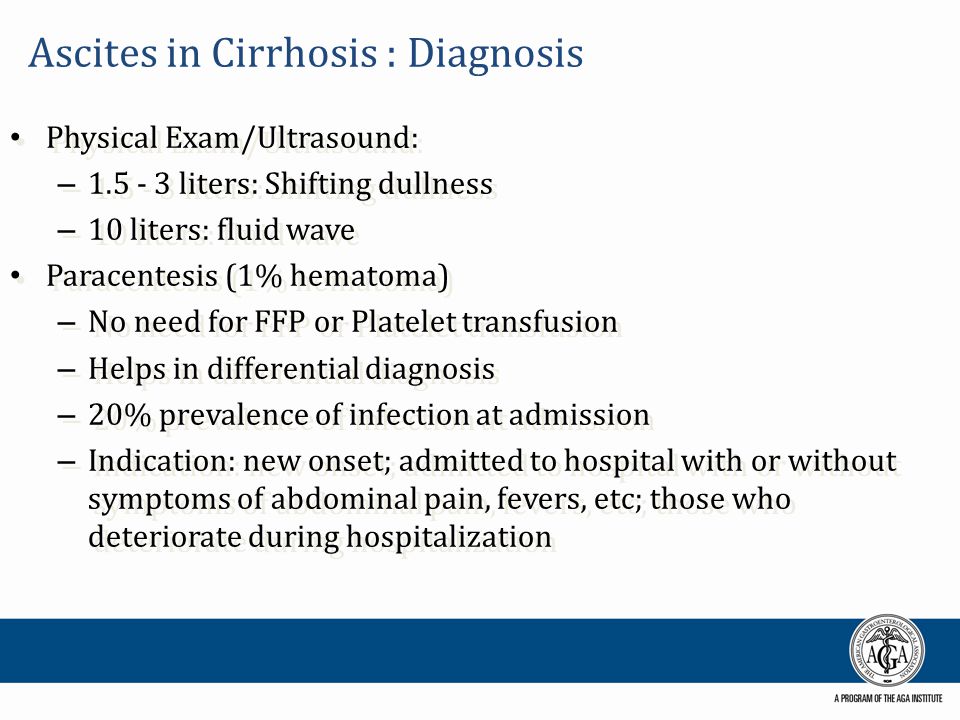



Cirrhosis Management A Case Based Approach To Disease Management Ppt Video Online Download




sld Practice Guidelines Ascites



Gut Bmj Com Content Gutjnl Early 10 15 Gutjnl Full Pdf




Cirrhosis With Refractory Ascites Serial Large Volume Paracentesis Tips Or Transplantation Clinical Gastroenterology And Hepatology




Practice Guidelines sld




Ascites Amboss
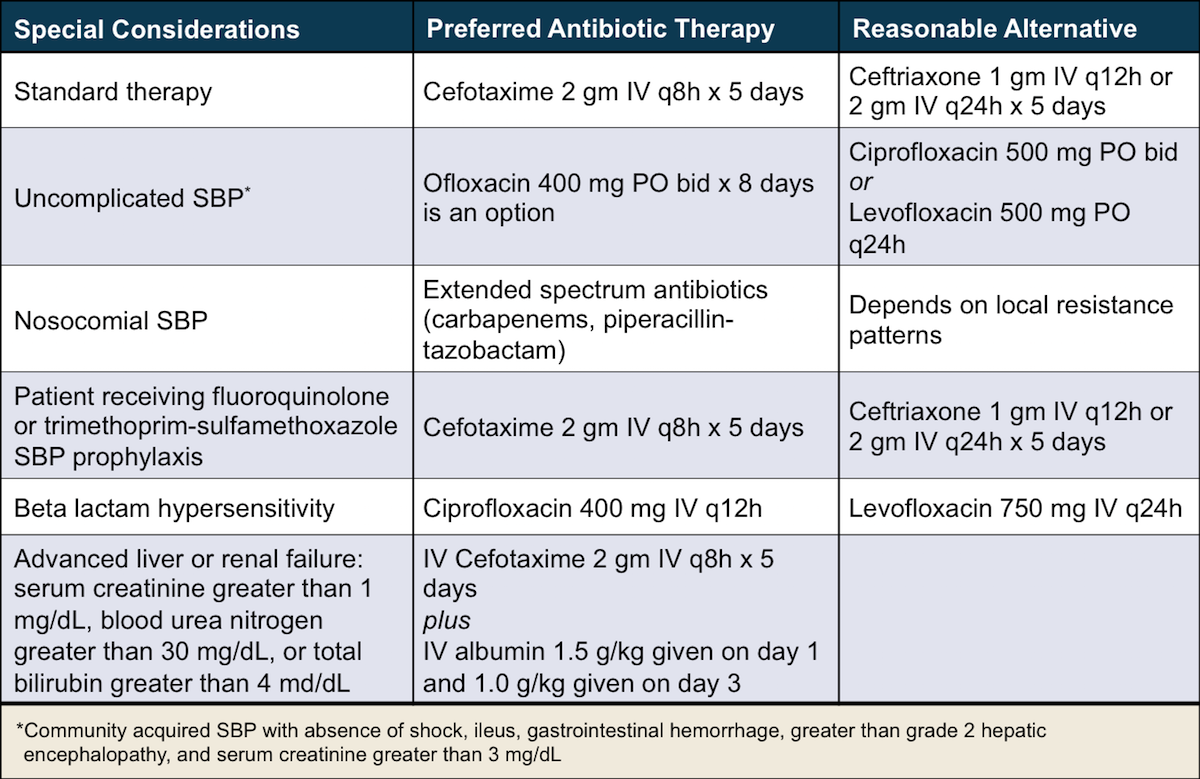



Recognition And Management Of Spontaneous Bacterial Peritonitis Core Concepts



2




Practice Guidelines sld



Ascites Oxford Medical Education
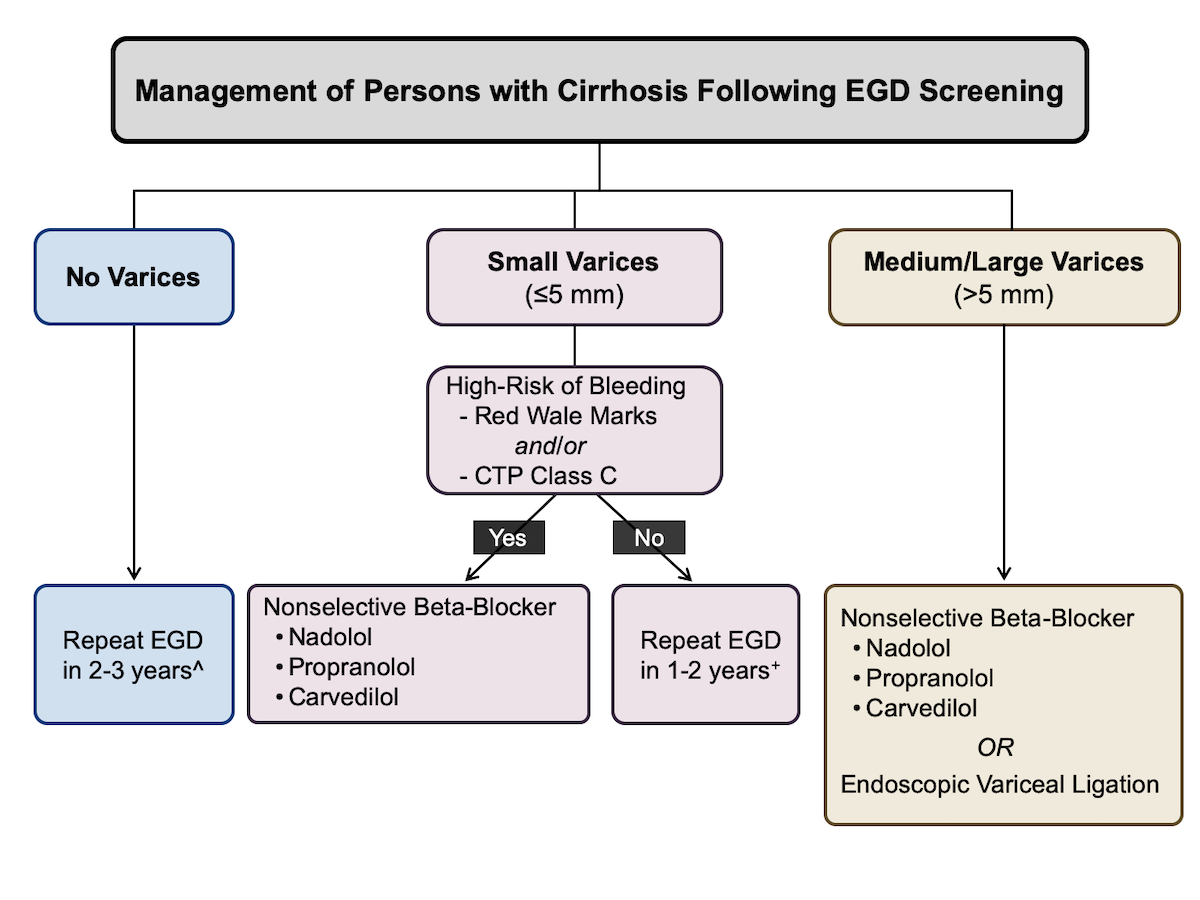



Core Concepts Management Of Cirrhosis Related Complications Hepatitis C Online




Ascites Oxford Medical Education




Kelly Warren Burak Calgary Liver Unit Approach To The Prophylaxis Of Esophageal Varices In Cirrhotics Based On sld Acg Guidelines Http T Co 2ilw4ycwkd




Practice Guidelines sld
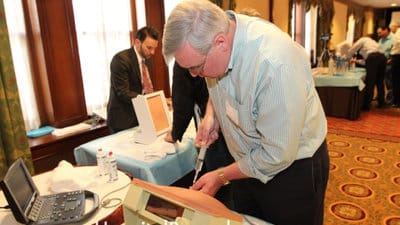



Summary Of sld Practice Guidelines On Cirrhotic Ascites Paracentesis Indicated For All Hospitalized Patients Hospital Procedures Consultants




Management Of Refractory Ascites Due To Portal Hypertension Current Status Radiology
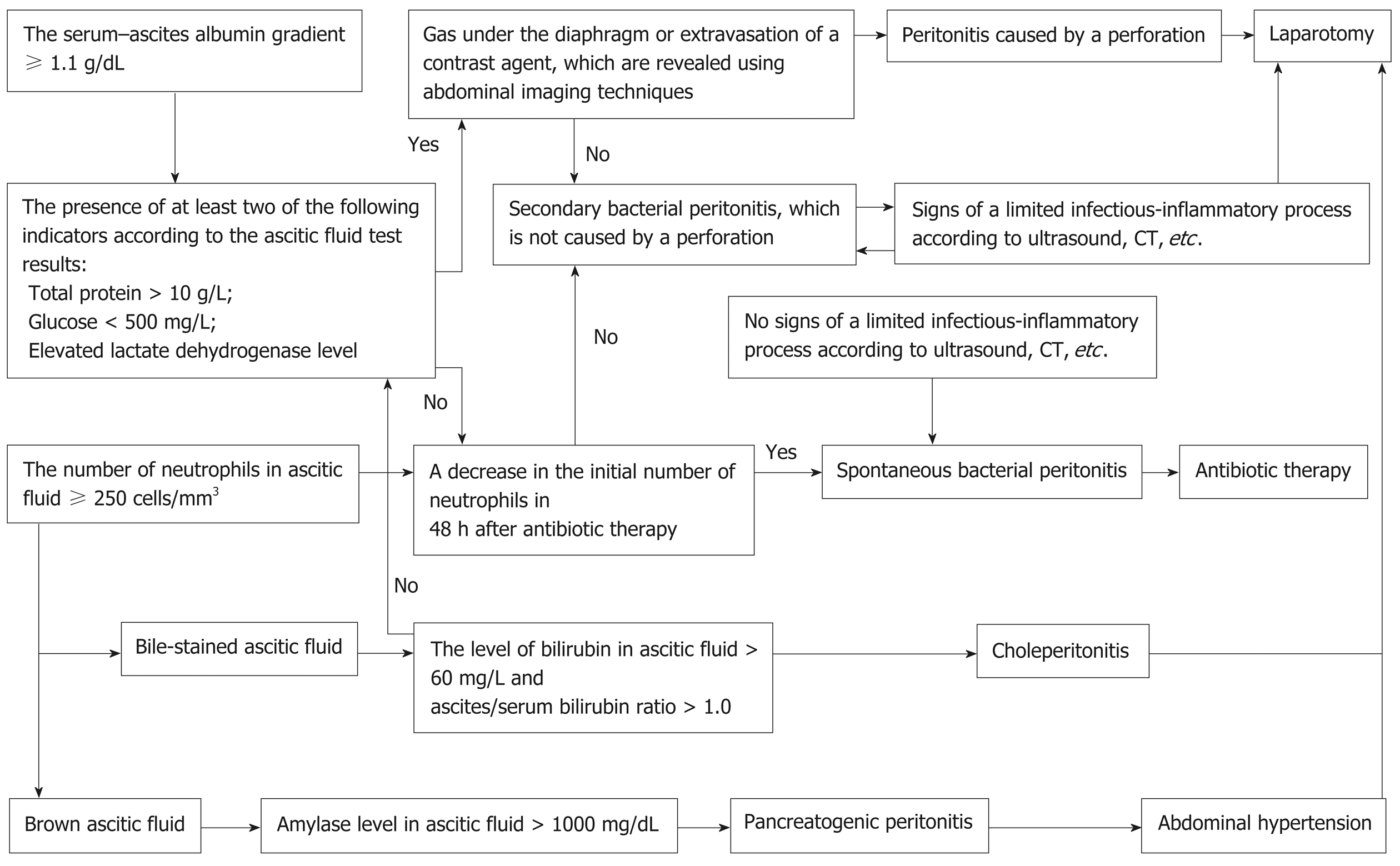



sld Guidelines Ascites




What Causes Ascites Symptoms Treatment Diagnosis Prognosis



0 件のコメント:
コメントを投稿